The Apple Watch Review
by Joshua Ho & Brandon Chester on July 20, 2015 8:00 AM EST- Posted in
- Wearables
- Apple
- Mobile
- Apple Watch
Display
As with just about everything these days, display matters quite a bit. In a lot of ways, the wearable segment has display requirements similar to the smartphone space. However, unlike the smartphone space it isn’t necessarily critical to have the highest possible resolution, and it isn’t necessarily crucial to have perfect color calibration as in most cases wearables won’t be used for color-critical applications.
In the interest of addressing this, for the near-term we’ll continue to use the standard smartphone workflow, but I hope to expand the testing done here as wearables develop. For now, we’ll continue to do the standard brightness and accuracy testing, but I’ve removed the grayscale test as it strongly emphasizes gamma accuracy. Although it is important to not have obscenely incorrect gamma curves, wearables generally have to prioritize readability over dynamic range, which means that near-black colors would be brightened to try and overcome background reflectance. Similarly, we won’t be placing dE2000 average error in our Bench comparison tool or in graphs, as something like the Apple Watch cannot have controlled display brightness.
As a result, we can’t really be 100% sure that gamma tests and other tests of luminance are actually accurate when automatic brightness means that any inconsistency in light to the sensor will affect display brightness, which will strongly affect dE2000 results.
In the case of the Apple Watch, the display is interesting because this represents the first AMOLED display to ever be used in an Apple product. As far as I can tell, this is an LG OLED display with an RGB subpixel arrangement, but it isn’t quite the same as a traditional RGB stripe. I suspect that for the near future we will continue to see the use of this subpixel arrangement as the resolution of the Apple Watch doesn’t really allow for a PenTile layout. Given the current state of AMOLED (as evidenced by the Galaxy S6) I believe it is effectively the future of mobile displays, and it seems that whoever makes these decisions at Apple agrees as well.
As I mentioned in the start of this section, the Apple Watch also doesn’t have any way of manually setting brightness. You get approximately three choices of auto brightness algorithms, which bias the brightness curve of the display appropriately.
In practice, I didn’t actually care that manual brightness was gone on the watch because I never actually used manual brightness on the iPhone or any phone that has at least a halfway decent auto brightness system. In every phone I’ve ever used, the only time I use manual brightness is when the auto brightness system is clearly programmed wrong in some shape or form. Common cases where this would happen include auto brightness that didn’t actually set the display to maximum brightness in daytime or wouldn’t set the display to minimum brightness in absolute darkness.
Thankfully, the default auto brightness setting on the Apple Watch doesn’t have any of these problems, although for reasons unclear minimum brightness changes depending upon the brightness setting that is selected. As a reviewer though, it would definitely help if the watch had a manual brightness setting for more precise display testing and battery life testing. I’m sure that the precision of the digital crown would allow for precise brightness settings as well, but I suspect that this would have some very real potential to affect practical battery life as I’ve seen more than one person walk around with their smartphone display permanently set to maximum brightness because of reasons.
There’s also the issue of reflectance, which could be a problem given that the two higher-end models use a sapphire crystal glass on the display instead of traditional hardened glass. I did notice that reflectance is much higher than something like the iPad Air 2, but I never really felt like the reflections completely washed out the display. The reflections also indicate that the watch has a properly laminated display, without issues involving index of refraction mismatch. However, if people are worried about outdoor visibility Apple Watch Sport should be better given the use of more common aluminosilicate glass. I’m not sure if Apple has actually loaded different auto brightness algorithms for the Apple Watch/Watch Edition compared to the Watch Sport to try and compensate for this though, and I suspect such a change would be difficult to test for as well.
Although reflectance is one aspect of outdoor visibility, the other is display brightness. This is probably the only aspect of the Apple Watch where I can get consistent and repeatable results. Unfortunately, given that we haven’t actually done any other full-featured wearable reviews I’ll have to reference smartphones to get a good comparison point. As the Apple Watch display is already quite small, we won’t be able to get accurate APL vs brightness readings as it’s impossible to hold the meter in a repeatable position that isolates ambient light while also holding an LED to the display.
At any rate, the Apple Watch gets respectably bright at around 460-470 nits, although not quite the ridiculous 600 nits that the Galaxy S6 can achieve. At this full white display, I recorded a color temperature of 6891K, and 6883K at the ~100 nits that was used for the remainder of display testing. It’s important to keep in mind that these values are only at 100% white, so this isn’t the average color temperature that we normally list in reviews. Of course, this display’s contrast is also infinite, with no visible residual brightness on pure black images.
Saturation Sweep
Moving on to the saturation test, we can see that Apple has put a huge amount of effort into calibrating these displays, which is somewhat surprising given that one might expect wearables to not be all that critical when it comes to color accuracy. In my experience, I never actually bothered looking at photos on the watch outside of the messaging app and Twitter. I suspect that this was done in order to make it so that images look the same across all Apple devices, as something would seem “off” in most photos taken by an iPhone 6 if displayed with an Adobe RGB gamut. In this test, the dE2000 average error was 2.33, and as one might guess from the photo above most of the error was concentrated in blue, which appears to have some gamut issues as the native gamut appears to be wider than sRGB but not enough to completely cover sRGB.
GretagMacbeth ColorChecker
The GretagMacbeth ColorChecker test reveals a similar surprising level of attention to detail in color calibration. Color accuracy isn’t quite on par with the very best, but given that this is a first generation product I’m really surprised that the display is already receiving this much attention with an average dE2000 error of 2.42. Overall, this means that the display has relatively little perceivable error for sRGB content, which is the standard almost across the board, although wider gamuts like Rec. 2020 or Adobe RGB may one day supplant sRGB.
Overall, I’m impressed with the quality of the display of the Apple Watch. The AMOLED panel could probably reach a 600 nit max with sufficient progression in emitter technology from LGD, but I suspect this will take some time. The calibration is also incredible for a first-generation wearable, and the use of a full RGB subpixel helps to avoid a lot of the aliasing issues that tend to plague PenTile or other RG/BG subpixel arrangements at these relatively low pixel densities.
The reflectance of the sapphire lens on the display is a bit high and could probably benefit from anti-reflective coatings of some sort, but given that I haven’t had to worry about scratching the display thus far it’s probably a fair trade as a screen protector will usually increase reflectance noticeably. It’s also a bit annoying as a reviewer to not have manual brightness settings, but as an end user I never felt the need for manual brightness as the auto brightness algorithm works quite well.
Ultimately the entire user experience around the display in every aspect is well-executed, although there is still room for improvement on the technology side of things.


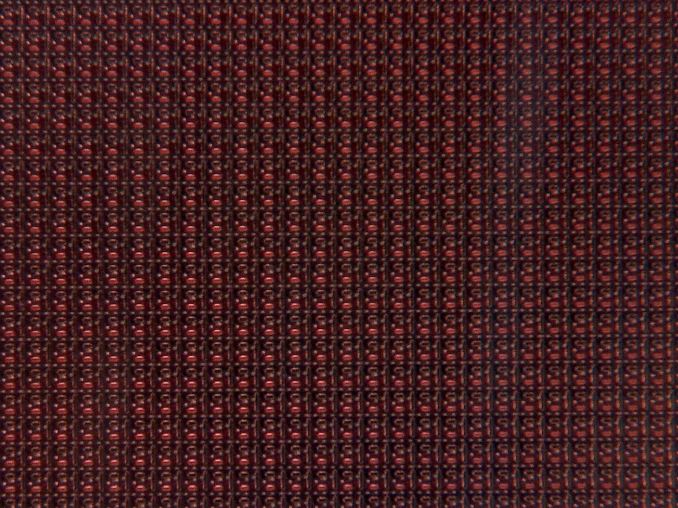
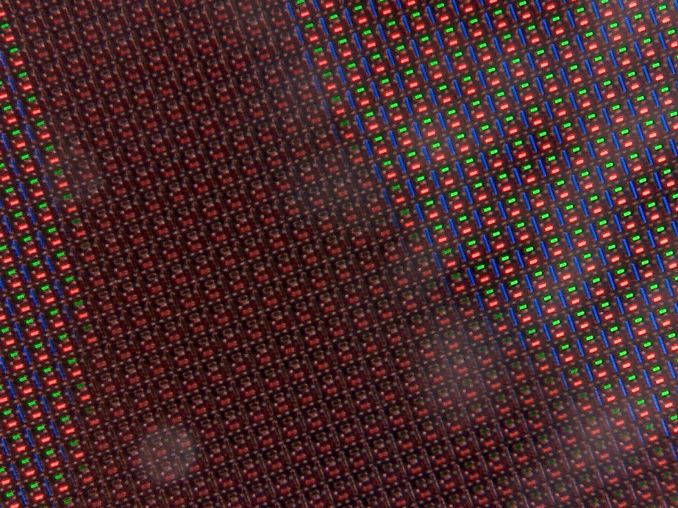
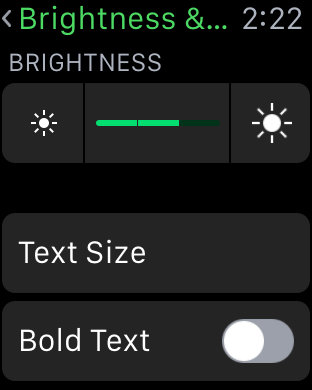
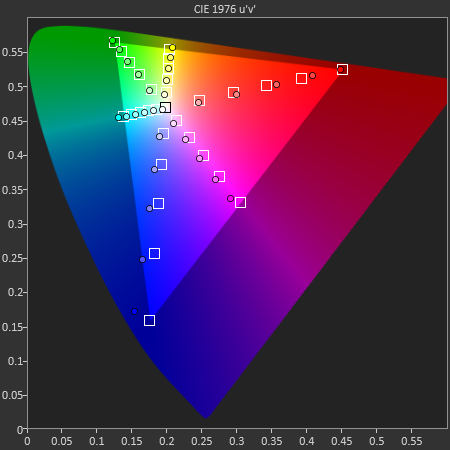
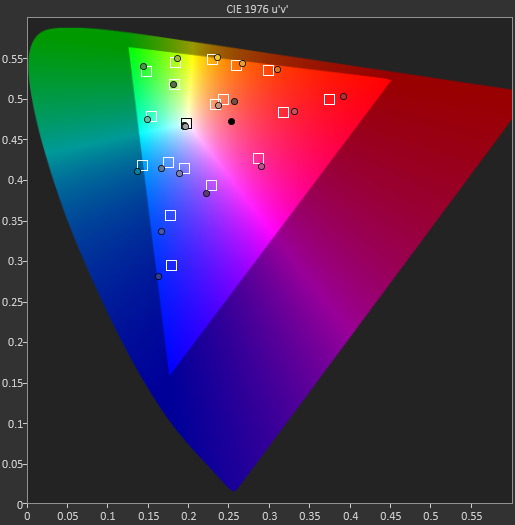








270 Comments
View All Comments
victorson - Wednesday, July 22, 2015 - link
Oh hey, here's a newsflash: it's not nerd rage over Apple's success, it's nerd rage over unjustified worshipping of Apple products by the media.Buk Lau - Tuesday, July 21, 2015 - link
Josh, if possible I think it's better if you listed all the smartwatches that you have used in the conclusion."For those still deciding on whether the first Apple Watch makes sense, I have no reservations in saying that it’s the best wearable I’ve ever used."
This line, although if thought logically people would understand that you have used a limited number of devices out of the many, but upon first impression it can be a bit misleading given that there is no clear comparison that you are giving here.
So I say if you want to clear things up more, you can list all or some smartwatches that you used in that sentence for a better expression. Just my 2 cents :D
thomasguide - Wednesday, July 22, 2015 - link
"the best wearable I’ve ever used" That's like saying you have the highest rated tv show on the Ovation network.lilo777 - Tuesday, July 21, 2015 - link
Unfortunately this review follows the very familiar pattern of the reviews for sub-par Apple products. When Apple device falls short on technical merits (no GPS, no 3/4G, mediocre battery life, nothing that would differentiate it from the cheaper - and in some cases better - competitors) the reviewers resort to praising the "experience" an "ecosystem". OK got it. The chore of charging you iPhone, iPad and Apple Watch daily now qualifies as a "great experience". And it's not like Apple makes your life easier offering wireless charging for iPhones and iPads. Other than that (or, sorry, as our beloved leader used to say: one more thing - no fast charging either) the experience is really great. Admittedly some people complained that with Apple Watch it was impossible to stand in lines over night but they will get used to it.deasys - Tuesday, July 21, 2015 - link
Surely you can do better than that, lilo777! For example, not only is the Apple Watch missing GPS, 3/4G, but what about a USB port, a video port for an external monitor, and a floppy disc slot! Yes, missing so much…lilo777 - Tuesday, July 21, 2015 - link
Apple apologists have a long history of denying usefulness of features that Apple devices lack only to be laughed at later when Apple eventually implements them: USB 3.0 in computers, barometers in smart phones, NFC, phablets, 7" tablets, ANT+, multi core processor for smart phones/tablets, 2GB RAM in smart pnones etc.But I can do better indeed. Here is an additional list of missing features in Apple Watch: Wi-Fi direct, blood oxygen censor.
mrochester - Wednesday, July 22, 2015 - link
That doesn't stop the Apple Watch from being great as it is now. The length of the feature list has little bearing on how good a device is.lilo777 - Wednesday, July 22, 2015 - link
If that were true Apple would never add a new feature but they do. They do deny the usefulness of the features their devices lack at first (remember the infamous Steve Jobs' statement about 7" tablets: "It's meaningless unless your tablet includes sandpaper, so that the user can sand down their fingers to around one quarter of their present size." ) then they implement them. I understand why many people get fooled by Apple PR but I do expect better from AT readers.beggerking@yahoo.com - Wednesday, July 22, 2015 - link
agreed.i've owned several Android watch phones over the years and all of them have longer battery life, micro sd, and are FULL functional phones costing hundreds less.
the reviewer is simply naive of whats been going on in the watch phone industry.
CGHMARTINI - Tuesday, July 21, 2015 - link
Thanks for the review.Things I learned here exclusively were details on the chip and on the display.
Things you added valuable details to were App integration and watch face customization.
The valuable thing I learned elsewhere was the annoying lag when the watch wakes up.
I also learned valuable stuff from the comments of Watch Owners, so I'd really appreciate the possibility of downrating trolls.
All in all I'll wait for another iteration - but then I'll buy it. By then I expect it to have, apart from the obvious:
- fluent IoT / smart home commander functionality
- medical condition alert escalation
- bio & sleep cycle based alarm clock functionality
- a lot more contextual awareness (my major reason to buy Apple over Google/Android is their design, a close second is that they are the only one that I trust not to barter my data to NSA, Insurance, Bank, Employer)
I'm already looking forward to the next big thing: AR !